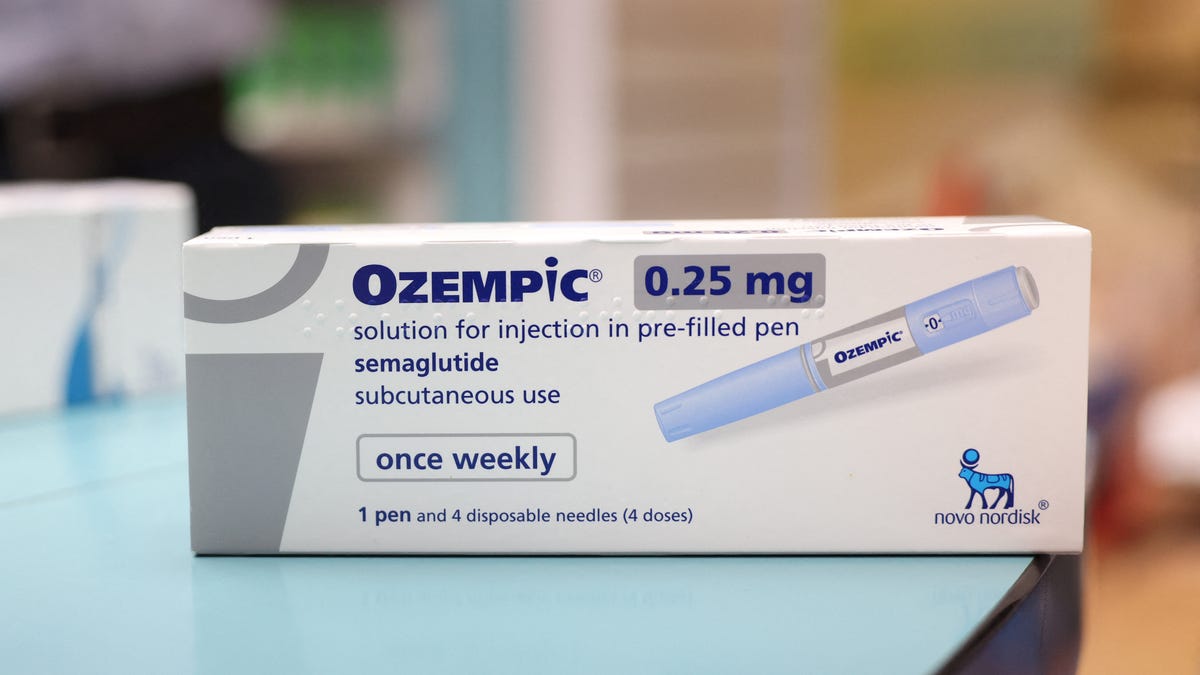It is not just Food CEOs who have to worry about their bottom line thanks to popular weight loss medications like Ozempic. The big tobacco and alcohol companies also have reason to worry.
A new report from Morgan Stanley finds that people taking GLP-1 drugs – including Ozempic, Wegovy, Mounjaro and Zepbound – reduce their tobacco and alcohol consumption while taking the drugs. GLP-1s are a class of diabetes and weight-loss drugs that have recently been in turmoil (and blown up sales figures) for their ability to suppress a user’s appetite.
The investment bank also surveyed around 300 GLP-1 users about their consumption habits while taking the drug. Analysts at the bank have previously warned that the increasing use of GLP-1 will cause some problems Long-term pressure on fast food sales, as users have reported spending less money at restaurants. But that is also the result of their survey Consumers reduce their tobacco and alcohol consumption.
Could weight loss drugs help users smoke or drink less?
While 40% of survey participants reported smoking cigarettes at least weekly before starting GLP-1 treatment The number dropped to 24% after treatment began. Meanwhile, weekly e-cigarette use fell from 30% of respondents to 16% after they started taking GLP-1.
Morgan Stanley found similar results when it asked respondents about their alcohol consumption. Approximately 56-62% of alcohol consumers on GLP-1 reported drinking less alcohol Since starting the medication, about 14-18% have completely reduced their alcohol consumption.
The analysts noted that they were “cautious about drawing conclusions about the effects of GLP-1 drugs on addictive behavior” from their survey. However, there is anecdotal evidence from patients and healthcare providers that suggests GLP-1s can help users curb their alcohol and tobacco addictions. Although research has not yet proven a causal connection between the two, clinical trials are currently Currently underway to better understand the effects of GLP-1 on alcohol and tobacco consumption.
Additionally, Morgan Stanley believes the GLP-1 frenzy will not die down anytime soon. The global market for GLP-1 drugs will reach $105 billion by 2030. It is also projected that these medications will be used by approximately 31.5 million people in the United States (or approximately 9% of the country’s population) by 2035.
This article originally appeared on quartz.
